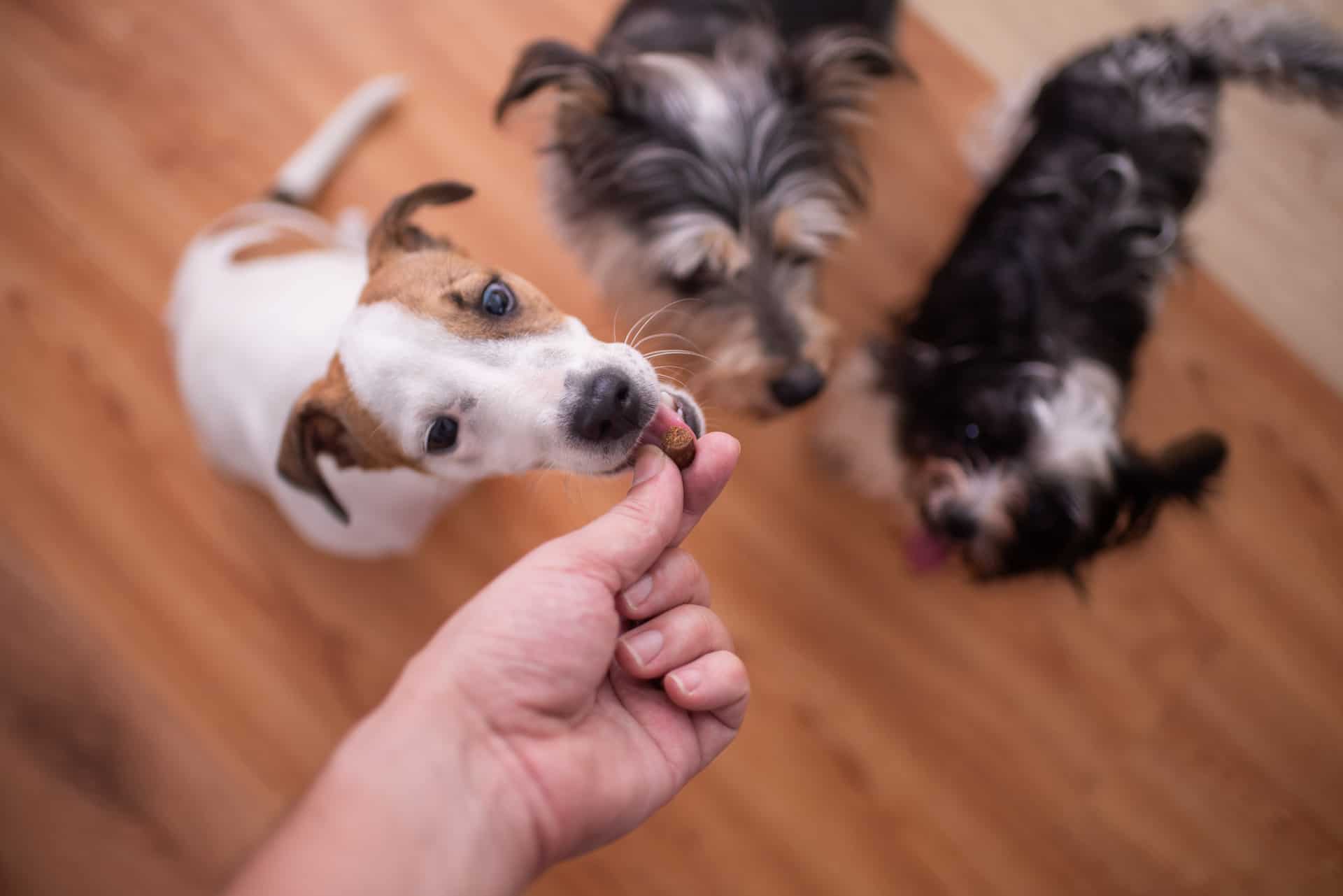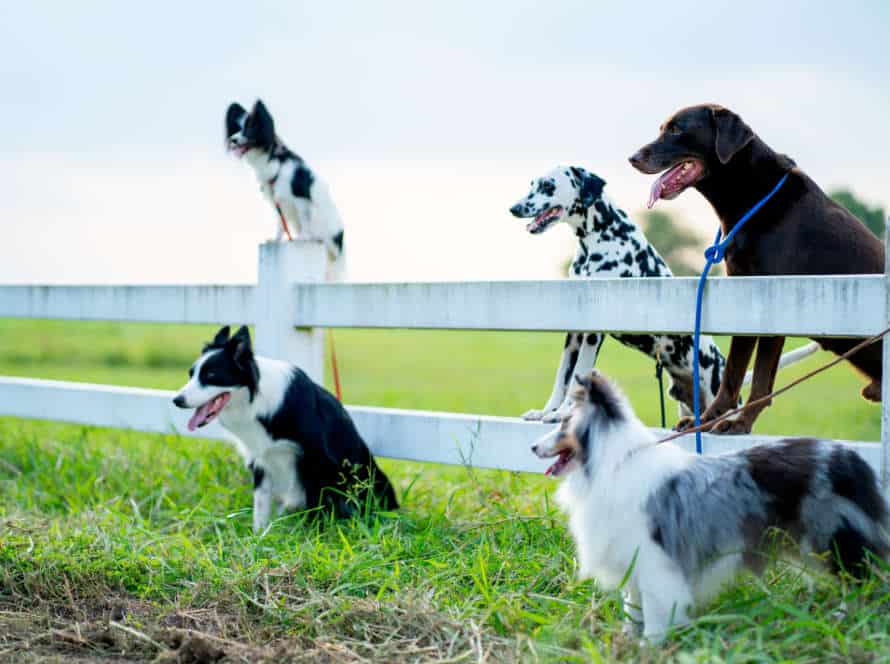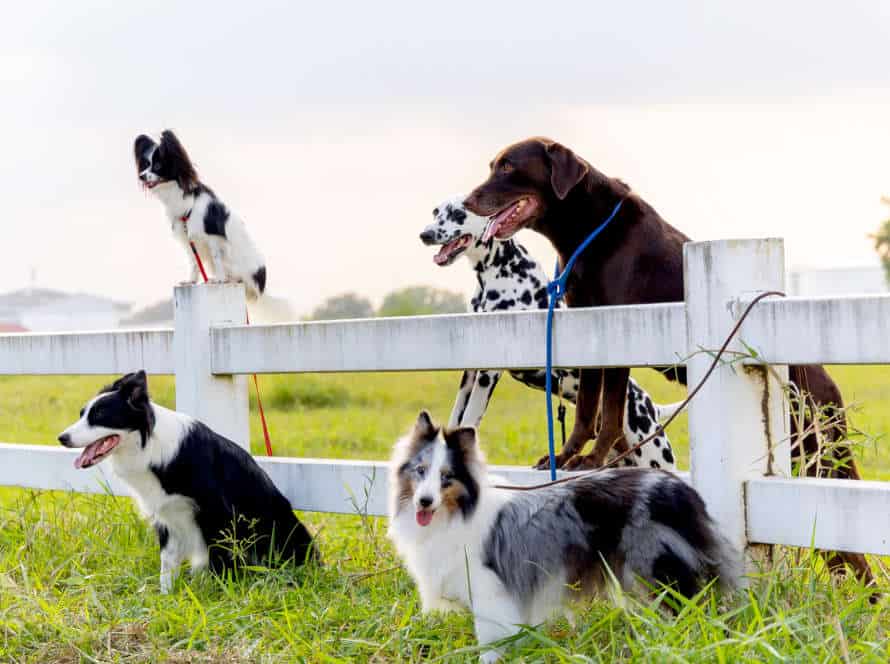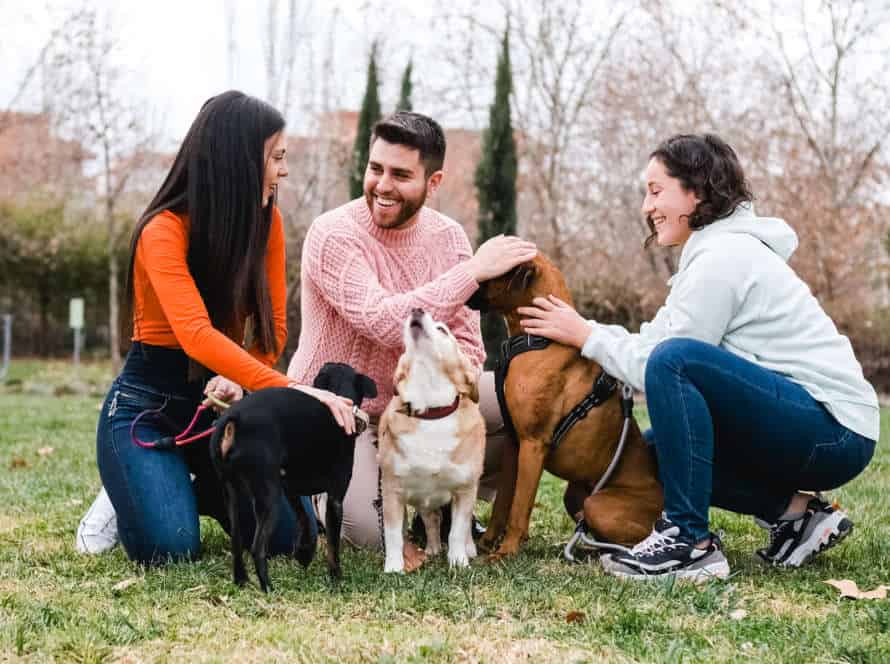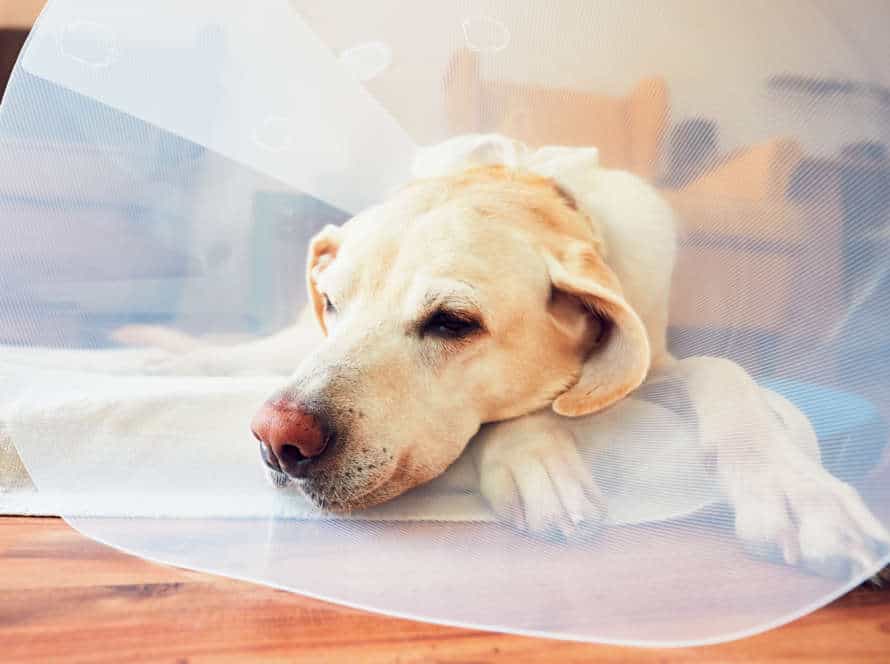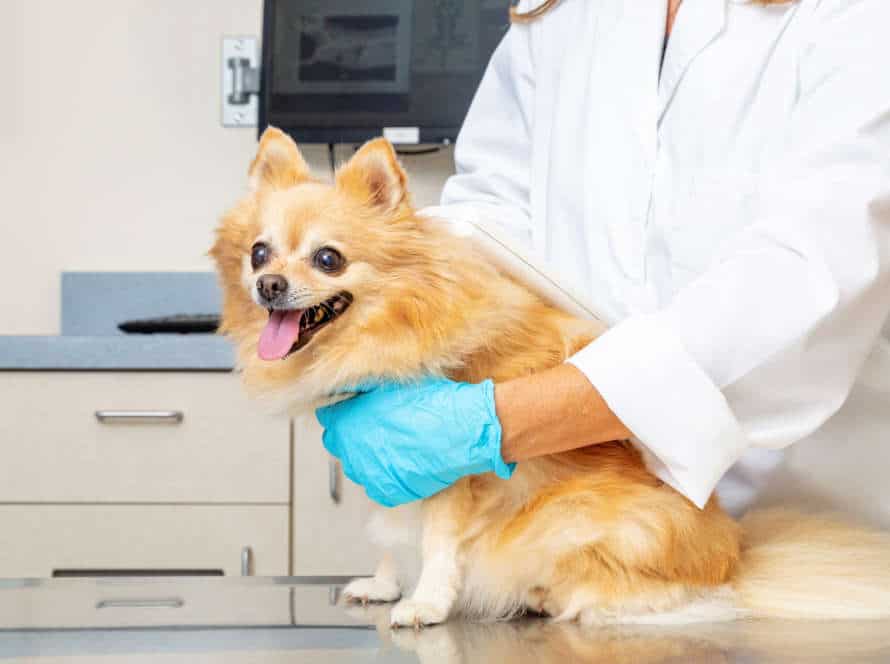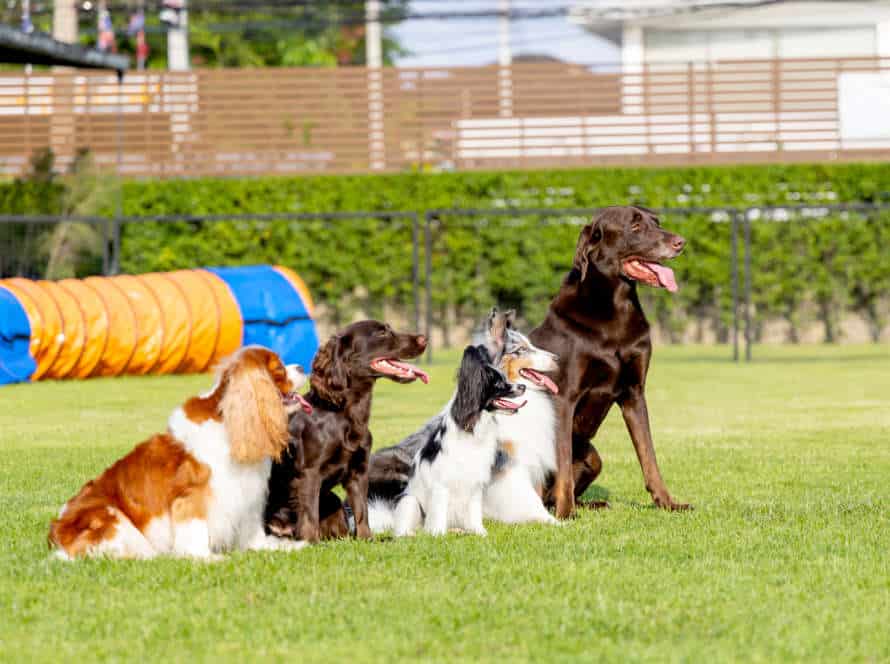Puppy Training 101: Setting Your Dog Up for Success
Puppy training? Let’s make it successful! Here are tips to help:
- Keep the sessions brief.
- Reward good behavior with treats or praise.
- Be consistent with commands.
- Supervise your puppy, and limit access to dangerous areas.
- Make training fun with games and play.
Follow these tips for an effective, enjoyable training that sets your pup up for life!
Preparing for Puppy Training
Prepping for pup training? Make it effective and efficient! Consider the right environment, equipment, and rewards needed. For tips, read on.
Ensure you’re ready to start. Then, you and your pup can begin!
Setting realistic expectations
Setting realistic expectations is essential before beginning puppy training. It will make success easier for you and your pup.
Here are some things to think of when setting expectations:
- Keep them achievable, as puppies can only take in so much info at once.
- Realize that puppies can be trained, but it takes time and effort to learn new behaviors and get rid of bad ones.
- Consistency is important; regular exercises, rewards, and positive reinforcement help establish good behavior.
- Recognize that each pup is different, and each may have their own challenges.
Realistic expectations for puppy training will make it more fun and successful for both you and your furry pal.
Puppy proofing your home
Puppy-proofing your home is must-do to keep your pup safe and healthy! Here’s how:
- Check for choking hazards – like small toys, coins, rubber bands, etc. – from your pup’s viewpoint.
- Put away cleaning supplies, medications, and chemicals.
- Secure cords to walls or baseboards, use cord covers, or move them out of reach.
- Give your puppy their own space, like a crate or bed.
- Put up baby gates to block off dangerous areas like staircases or rooms with breakables.
- Supervise your pup and redirect them if they show curiosity about forbidden items.
Puppy-proofing protects your new pup and helps with training.
Gathering necessary supplies
Gather the must-have supplies before getting your pup trained! Here’s what you’ll need:
- Treats – Pick small, bite-sized ones. Avoid strong-smelling treats that could distract your pup.
- Leash & collar or harness – Essential for controlling your pup and keeping them safe during training.
- Clicker – A great tool for marking desired behavior in your pup.
- Crate or playpen – To provide a safe space when you can’t supervise them closely.
- Cleaning supplies – Have paper towels, disinfectant, and odor removers ready.
Pro tip – Start with basic commands. Keep training sessions short. End each one on a positive note with lots of love & praise.
Basic Commands and Training Techniques
Teaching your pup is essential! You need to build a good connection and help them understand obedience. By mastering the basics, you can move on to more complicated behaviors. In this article, we will go through some of the basic commands and training techniques you can use. This will help your pup be successful!
Housebreaking and potty training
Housebreaking and potty training are vital for puppy training. Commands and techniques can make it more straightforward. Here are some tips for success:
- Have a regular feeding schedule.
- Take your pup out after eating/drinking.
- Go to the same spot each time.
- Reward your pup with treats/praise for going outside.
- Be consistent with training and use verbal cues, like “go potty”.
- Be patient – accidents will happen.
With patience and positive reinforcement, you can train your pup and set them up for life!
Teaching your puppy to sit, come, and stay
Training your puppy with commands like “sit,” “come,” and “stay” is a vital part of being a dog owner. Plus, it creates a good base for further training. Here are some tips:
- Sit: Hold a treat near their nose, and move it up. Their head will follow it and their bottom will lower. When they sit, say “sit,” compliment them, and then give the treat. Do this several times a day.
- Come: Begin inside, with no diversions. Have someone hold your puppy and walk a few feet away. Call their name and say “come.” When they get to you, praise them, reward them with a treat. Then do this again, increasing the distance slowly.
- Stay: Start with “sit.” Lift your palm and say “stay.” Take one step back, return to them, praise them, and offer a treat. Keep doing that, growing the distance and time they need to stay.
Keep training sessions short and upbeat. Be consistent with your commands.
Positive reinforcement techniques
Positive reinforcement is a great way to train your pup and give them the best start. Reward desirable actions and ignore bad ones. Here are some tips for using positive reinforcement correctly:
- Treats and compliments are a good way to show you approve of their behavior. Give treats right after they do something you like to show that’s what you want them to do.
- Stick to the same commands and signals each time you ask your pup to do something.
- Training should be fun and quick. Puppies have short attention spans, so keep it to 15 minutes or less.
- Be patient and don’t punish. Yelling or striking will only damage the relationship with your pup and won’t help them learn.
Pro Tip: Remain consistent. Make sure your pup knows what’s expected of them, reward the good stuff and stay patient as you train.
Socialization and Handling
Start your pup on the right paw with socialization and handling sessions. It helps them become confident and trusting. Socialize them by introducing them to different people, places, and things. And handle them to get them used to being touched and handled all over their body. This is imperative for successful training.
Introducing your puppy to new experiences
Introducing your pup to novel experiences is essential for socialization and handling. Here are some tips:
- Begin early: Start between 3 and 14 weeks old.
- Go slow: Introduce new things gradually and in a controlled manner.
- Reinforce with rewards: Give treats and praise when your pup successfully handles new experiences.
- Expose them to different people and situations: This will help them grow confident, and reduce anxiety.
- Prioritize safety: Always keep pup’s safety first.
By following these steps, you’ll ensure your pup receives the right socialization and handling, setting the stage for future success.
Proper techniques for handling and restraint
It’s important to use proper handling and restraint techniques for puppy socialization and training. Here are some tips for success:
- Begin by getting your pup accustomed to being touched. Gently stroke their body, paws, and ears. That way, when you need to handle them, they won’t panic.
- Utilize positive reinforcement, such as treats, to get them to obey commands.
- When restraining, hold them securely but gently. Avoid jerky movements. You can use a collar or harness for extra control.
- Never use physical punishment – this can cause fear and anxiety, leading to long-term behavioral issues.
By using positive reinforcement and proper handling techniques, your pup will develop the confidence to learn and grow in a healthy environment.
Teaching your puppy bite inhibition
Teaching your pup bite inhibition is essential. It’s vital to give your pooch a head start in every environment.
Bite inhibition is the capacity to regulate the strength of their bite, decreasing the chance of injury while playing, training, or when they’re feeling anxious. Follow these tips to guide them:
- Make a loud, shrill yelp if they bite too hard—it will help them realize it’s not okay.
- If it continues, take away your hand or foot and ignore them for a few minutes.
- Give them plenty of chew toys to direct their biting towards.
- Rejoice gentle play, and discourage rough play.
Consistency, patience and positive reinforcement are the keys to teaching bite inhibition. This will get them on their way to becoming a well-behaved and socialized doggo!
Common Behavior Issues and Solutions
Puppy training requires prevention and management of the common behavior problems. Issues like chewing, barking, jumping on people, etc. Let’s explore the causes and solutions of these puppy behavior issues.
Barking, jumping, and nipping
New puppy owners often face behavior issues such as barking, jumping, and nipping. Training and socializing your pup can make for a happier home. Here are some tips to help:
- Barking – Train your puppy to respond to the “quiet” command. Provide enough exercise and stimulation to avoid boredom barking.
- Jumping – Teach the “off” command and reward them for keeping all four feet on the ground. Ignoring or turning away if they jump can help.
- Nipping – Yell “ouch” when they nip too hard. Then, redirect their attention to a chew toy. Give them plenty of chew toys to satisfy teething needs.
Consistency and positive reinforcement are essential. With patience and persistence, you can help your pup learn good behavior and build a strong bond.
Chewing and destructive behavior
Chewing and destructive behavior in puppies can be addressed. Here are some solutions to help curb this:
- Provide toys such as chew bones, rubber toys, and puzzle toys.
- Supervise your pup when you can’t watch them. Put them in a crate or playpen.
- Reward good behavior with treats, praise, and affection.
- Exercise them daily. Play with them, take walks, and engage in games.
- Be consistent with training. Set boundaries, use positive reinforcement, and avoid punishing.
With patience and consistency, you can set your pup up for success.
Separation anxiety and fear
Separation anxiety and fear are two common issues with dogs. But, there are ways to help them!
Separation anxiety can be caused by a traumatic event or lack of socialization. It may lead to destructive behavior, barking, and distress when they’re apart from you. To address this, start by leaving your pup alone for short periods of time and slowly increase the time. Provide toys and treats. Create a safe space.
Fearful behavior in puppies can come from their temper or lack of exposure to new people, places, or objects. It may look like cowering, hiding, growling, or barking. To address this, desensitize them. Introduce the object they’re afraid of in a comfortable way. Offer treats and positive reinforcement. Increase contact over time.
Consistency and positive reinforcement will make sure your training experience is successful.
Advanced Training and Activities
Once your pup has the basics down, try some more advanced stuff! There are lots of activities and tricks to challenge them. These will help with their development, and ensure they know how to behave. Here are some of the advanced training activities you can do with your pup:
Teaching your dog to walk on a leash
Teaching your pup to walk on a lead is key for advanced training and activities. It lays the groundwork for successful puppy training.
Here are some tips:
- Get a lightweight, comfy lead and collar. Select a flat collar or harness that’s snug but not too tight on your pup’s neck.
- Introduce them to the collar and lead indoors. Let your pup explore and get used to the gear.
- Practice walking inside before going out. Utilize positive reinforcement, like treats and praise, to encourage your pup to walk next to you and not tug on the leash.
- Slowly build the length and difficulty of your walks. Start with brief, easy routes, then add more challenges, like other dogs or unfamiliar scents.
- Be patient and consistent with your training. Every pup learns at their own speed, so don’t get discouraged if progress is slow.
- Pro tip: Use a clicker to mark desired behaviors and reward your pup with treats or praise. This technique is effective for reinforcing good behavior and increasing desired actions.
Tricks and agility training
Tricks and agility training are awesome for providing your pup with mental and physical stimulation, while also growing your relationship. Here’s how to train them like a pro:
- Start with basic obedience training and progress to demanding tricks and agility exercises.
- Employ positive reinforcement like treats, compliments, and play for good behavior, and to correct mistakes.
- Instruct your pup in new tricks like rolling over or playing dead, using detailed directions and regular practice.
- Introduce new agility equipment like jumps and tunnels in a secure, managed space, and slowly raise the difficulty level.
- Remember to always ask your vet before beginning any fresh training or activity to guarantee your dog’s safety and wellbeing.
Canine sports and activities
Canine sports and activities are a fab way to keep your pup fit, healthy, and mentally engaged. Plus, these activities can help prevent destructive behavior. Popular canine sports and activities include:
- Agility: Getting your dog to navigate obstacles like jumps, tunnels, and weave poles in the quickest time.
- Flyball: High energy activity involving a relay race with hurdles, a spring-loaded box, a tennis ball, and your pup.
- Disc Dog: Teach your pup to catch Frisbees in the air.
- Dock Diving: Train your pup to jump as far as possible into the water from a dock.
- Nosework: Teach your pup to locate specific scents.
Pro Tip: Before starting any of these activities, seek professional dog trainer advice to make sure your pup is ready!
Health and Safety Tips for Your Puppy
Training your new pup is an exciting journey! But with it comes a big responsibility. As a pet parent, there are a few health and safety steps to take to guarantee your pup’s happiness and wellness.
In this part, we will look at the various health and safety tips for your pup, including their:
- nutrition,
- vaccinations, and
- exercise.
Proper nutrition and exercise
Providing proper nutrition and exercise is a must for your puppy’s health. A balanced diet and regular exercise help them stay fit and healthy! Here are some tips:
Nutrition: Choose a high-quality dog food with essential nutrients. Avoid food with fillers, additives, and preservatives. Also, consider breed, size, and activity level when deciding how much to feed.
Exercise: Puppies need exercise. Start with short walks and increase as your pup grows. Playtime stimulates their mind and prevents bad behavior.
Pro Tip: Talk to a vet before changing the diet or exercise.
Vaccinations and regular vet check-ups
Vaccinations and vet check-ups are a must for your pup’s health and safety. They can protect against common diseases and detect any health issues early. Here’s some advice:
- Follow your vet’s vaccine schedule to guard against distemper, parvovirus, and rabies.
- Regular vet visits can find parasites, infections, and dental problems.
- Don’t forget flea and tick prevention and heartworm medication.
- Listen to your vet’s diet and exercise advice to keep your pup healthy.
Be proactive with vaccinations and vet visits for a happy, healthy life. Tip: Keep a record of your pup’s vaccinations and vet visits to stay on top of preventative care.
Preventing and handling common health problems
Puppy owners must know how to stop and manage common health issues to make sure their pup is safe and sound. Here are some useful hints:
- Vaccines: Make sure your pup has up-to-date shots versus rabies, distemper, and parvovirus.
- Parasite Prevention: Look out for parasites such as fleas, ticks, and worms. Utilize flea collars, medications, and cleaning agents to stop them.
- Right Diet: Give your pup a healthy, balanced diet to avoid obesity and other health conditions.
- Exercise and Mental Stimulation: Make sure your pup gets enough exercise and mental stimulation to avert anxiety, depression, and bad behavior.
- See the vet promptly if you assume a severe health issue – prevention is better than cure.
Pro-tip: Routine grooming will aid to avoid skin irritation, hairballs, and mats, preserving hygiene and health.
Problematic Behaviors that Require Professional Help
Training your puppy can be lots of fun! But sometimes, more help may be needed. If your pup is being aggressive, barking too much, or chewing stuff, a pet behavior specialist can help. In this section, we’ll look at issues that need professional help and best ways to get your pup back on track.
Aggression towards people or other dogs
Aggression towards people or other pups is a serious problem. It can lead to injury and heartache for the pup and its owners. Why is your doggo aggressive? Here’s some common triggers:
- Fear or anxiousness
- Lack of socializing
- Territorial conduct
- Resource defense
- Pain or disease.
If you observe your pup being aggressive, it’s time to see a pro. Yelling won’t help. Professional help and positive reinforcement training are the best ways to tackle aggression.
Excessive barking or destructive behavior
Excessive barking or destructive behavior in dogs is a real bummer for pet owners.
Causes of this could be from boredom, anxiety, learned behavior or medical issues. If rewards and positive reinforcement don’t work to correct the behavior, it’s time to get help. A certified dog trainer or vet behaviorist can help determine the cause and create a plan. They may suggest counter-conditioning, desensitization or medication. With patience and consistency, you and your pup will be living in harmony.
Pro Tip: Exercise, mental stimulation and a routine can prevent these behaviors from arising in the first place!
Compulsive behaviors or other mental health issues
Compulsive behaviors or mental health issues in dogs can be seen in different ways. Barking, chewing, digging, licking, and even aggression can be signs. It’s important to get help from a professional dog behaviorist or trainer. They can figure out why your dog is behaving this way and develop a plan for training.
To help your dog with their training, you need to be positive and stay consistent. Create a routine that meets your dog’s needs, and use positive reinforcement techniques.
Remember: Patience, consistency, and commitment are all necessary for teaching your dog and treating any problems with their behavior.
Frequently Asked Questions
1. When should I start training my puppy?
It’s important to start training your puppy as early as possible – ideally as soon as you bring them home. This ensures that they learn good habits and behaviors from the start, rather than having to unlearn bad habits later on.
2. What are some basic commands I should teach my puppy?
Some basic commands to start with include sit, stay, come, and heel. These commands will provide a solid foundation for more advanced training in the future.
3. How often should I train my puppy?
You should aim to train your puppy for short periods of time several times throughout the day. Puppies have short attention spans, so it’s important to keep training sessions brief and engaging.
4. What should I do if my puppy isn’t responding to training?
If your puppy isn’t responding to training, try changing up your approach. Dogs respond differently to different training techniques, so it may be necessary to try a different approach or seek advice from a professional trainer.
5. How can I reinforce good behavior in my puppy?
Positive reinforcement is key to reinforcing good behavior in your puppy. This can involve giving your puppy a treat, verbal praise, or physical affection when they exhibit good behavior.
6. What should I avoid when training my puppy?
Avoid using physical punishment or negative reinforcement when training your puppy. This can lead to fear and aggression, and may undermine the training process.

